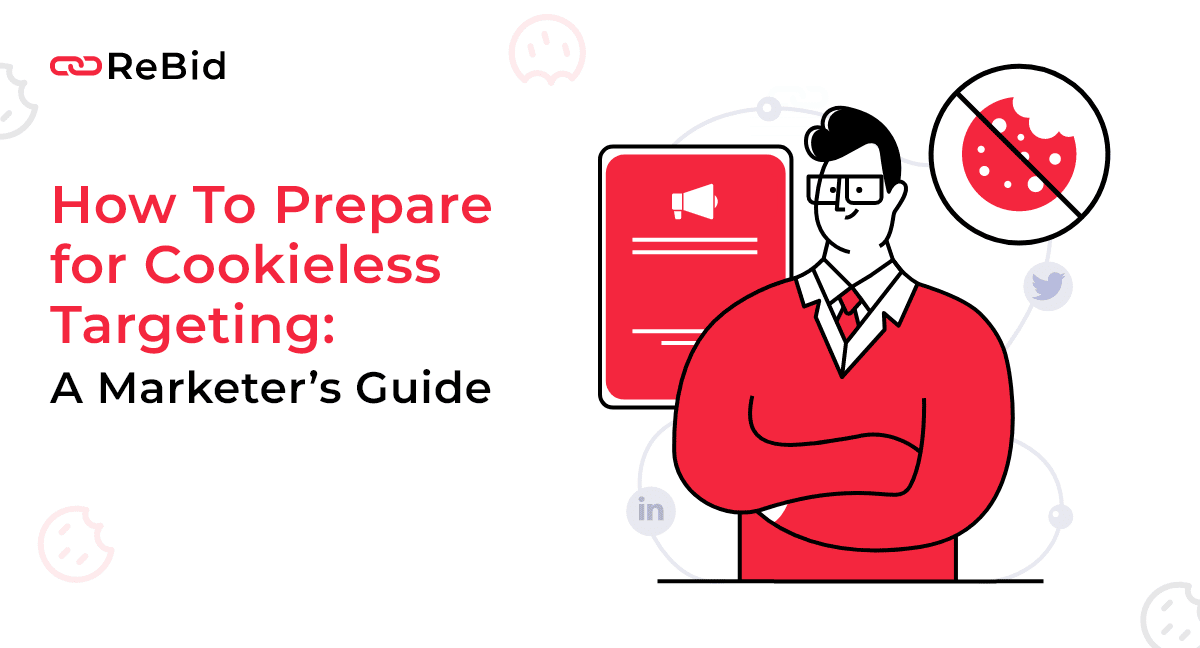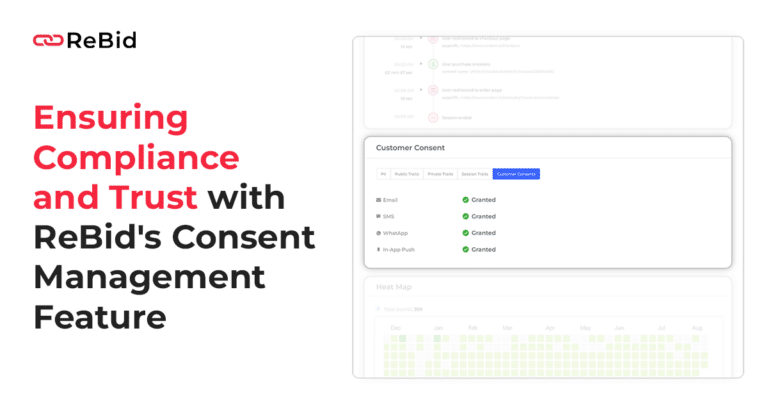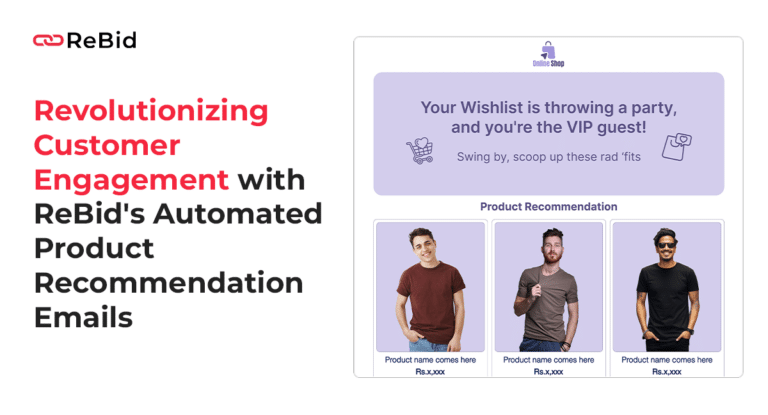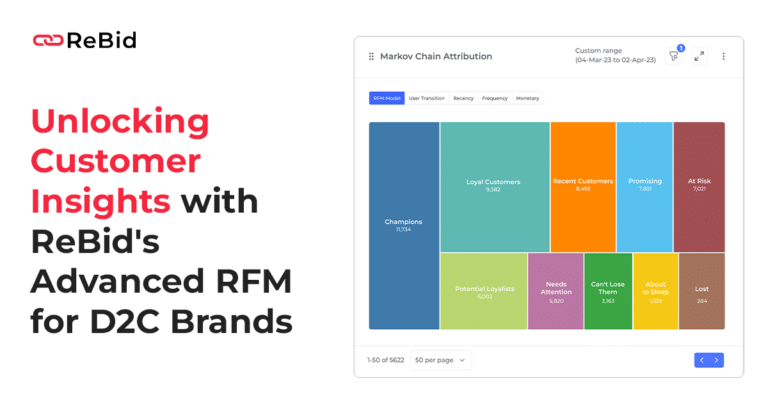In July this year, Anthony Chavez, the VP of the Privacy Sandbox at Google, wrote a blog announcing what many were waiting for. It was about Google pushing its decision to phase out third-party cookies to next year. Although Google had planned this move for 2022, Chavez noted that they had vital feedback to delay the removal of cookies, among a host of other reasons. Most of all, organizations needed more time to test cookieless targeting solutions.
Google now plans to phase out third-party cookies by the second half of 2024. This delay gives brands across the board plenty of time to test cookieless targeting techniques. But this experimentation can be overwhelming. This is why we maintain a ready reckoner to guide you through this cookieless targeting process.
Read here the reason for Google delaying the cookie depreciation
Cookieless targeting techniques – your top 2 options
Brands have two primary options for seamless audience addressability in the new normal as they aim to target their customers in the absence of cookies.
Option 1: Authenticated targeting
Authentication in this context means consent. Authenticated targeting occurs when a company gets explicit permission from an internet user before using their data. This authorization request appears in the “this site will use your cookies” consent box that now shows up on all websites.
Customers will therefore be permitting the use of their first-party data, which stems from all browsing behavior on the website. They can also choose to agree to third-party platforms using this data for ad personalization.
But the question many ask is how this is any different from cookies. The difference is that the only data the brand now collects is what the customer generates on their specific website. The moment they switch to another website, data collection stops. This method is effective if your website gets a high volume of traffic.
Alternatively, if you have multiple channels where your audience visits you – like an app, an ecommerce and a brand website – you can use identity resolution to create a single customer view. Several platforms like ReBid help piece the insights together when the same customer visits your different channels. A holistic identity built with these insights will shape your cookieless targeting better for the cookieless era.
Authenticated targeting is a great option that respects privacy-forward customers and gives them a comprehensive idea of what information you are collecting.
Option 2: Anonymous or non-authenticated targeting
Since this technique doesn’t involve identifying users, there is no need to take consent. Anonymous targeting relies on:
- Contextual targeting (more on this later)
- Edge computing
Edge computing for anonymous targeting will help brands assess consumer behavior based on proximity. It captures and analyzes data “on the edge,” close to where the user generates the data.
For example, this option can calculate how much time a consumer spends at a store. Based on that, marketing teams can target them with a unique ad or AI-based marketing methods like AR/VR at the store.
Want to be future-ready with cookieless targeting solutions? Explore ReBid Insight’s visual dashboards that consolidate your customer data. Request a demo today and get started
Explore your goldmine of customer data to build cookieless targeting solutions
Now that we have looked at the two primary cookieless targeting solutions, let’s talk about the role of customer data in the cookieless targeting era. Scratch that. Customer data is not going to play a role; it’s going to be the very foundation of advertising without cookies.
Solution 1: First-party data
The benefits of first-party data are endless. This is the data you own as a brand because you collect and process it with your customer’s explicit consent. First-party data is the bedrock of personalized relationships with your customers. Be curious about them without attempting sales transactions. Instead, give them a strong value exchange for their data. It does not necessarily have to be freebies because your discerning customers will see right through that.
Proactive customer assistance, free resources, tips and advice work well as a value exchange. An excellent example of a B2C brand doing this is Unilever’s Baby Dove, which integrated a chatbot into its Facebook Messenger. This bot not only gives new parents tons of parenting resources but also invites them to a community of fellow moms, The Real Mom’s Village.
Solution 2: Contextual data
This is the other aspect of the anonymous targeting we mentioned earlier in the post. Contextual data is the anonymized data you curate by tracing the customer journey through different pages and sites across the internet. Then, you show them highly relevant ads based on their digital world affinities and interests.
For example, if you run a baked foods brand and a consumer that visited your site has also visited a vet’s website, you can show them ads for pet-friendly baked goods that are a part of your product range. You still don’t know who this consumer is – you are targeting them in the context of their online behavior.
Want to be future-ready with cookieless targeting solutions? Explore ReBid Insight’s visual dashboards that consolidate your customer data. Request a demo today and get started.
Explore your goldmine of customer data to build cookieless targeting solutions.
Now that we have looked at the two primary cookieless targeting solutions, let’s talk about the role of customer data in the cookieless targeting era. Scratch that. Customer data is not going to play a role; it’s going to be the very foundation of advertising without cookies.
Contextual data is not always reliable, but it can be effective with a competent tech stack partner. Find one who consolidates anonymized and privacy-compliant digital and physical world insights to give you a more holistic view of your target audience. Or just talk to ReBid 🙂
Solution 3: Cohort-based data
Cohort data is a classification of consumers over some time based on specific common attributes. For example, this cohort could be based on anonymized identifiers like location (let’s say all consumers from New York or all consumers who have visited a car dealership in the past month), an event (all consumers that purchased within one hour of your sale going live), or other similar parameters.
This differs from segmentation because you create dynamic cohorts based on time windows. Segments, in general, are static.
Solution 4: Walled gardens
Another good data source is a walled garden. Think big tech brands like Google, Facebook, Instagram, YouTube. You can use data from walled gardens for your digital ads when you don’t have the time or budget to collect and activate first-party or cohort-based data.
It also comes to the rescue if you are a new brand and don’t yet receive significant traffic to collect first-party data.
Falling back on these giants for insights is a good option in the short run. Since these brands play the role of data platforms – users are logging onto them and generating data after giving consent – you don’t have to shoulder the burden of privacy compliance or consent.
However, the hitch is that these walled gardens are bound by regulation and do not share granular data. Moreover, your data use cases become restricted with walled gardens. All they provide is an overview of short-term targeting. That’s just not enough to build a data-first advertising culture or personalized service and customer experience mechanisms in the long run.
Brace yourself for the cookieless era with ReBid Insights
None of these alternatives will be the “perfect” alternative after Google phases out third-party cookies. But when used in a combination that works for your brand and TG, the impact can surpass what third-party datasets could ever do.
With ReBid Insights, you will get real-time insights into consumer behavior through cross-channel analysis. All the campaign data is in one place, in real time, for you to tweak and optimize to achieve the highest ROAS. ReBid Insights, like other ReBid platforms, was built for the cookieless era. We’ll ensure that the end of third-party cookies is not the end of the world!





